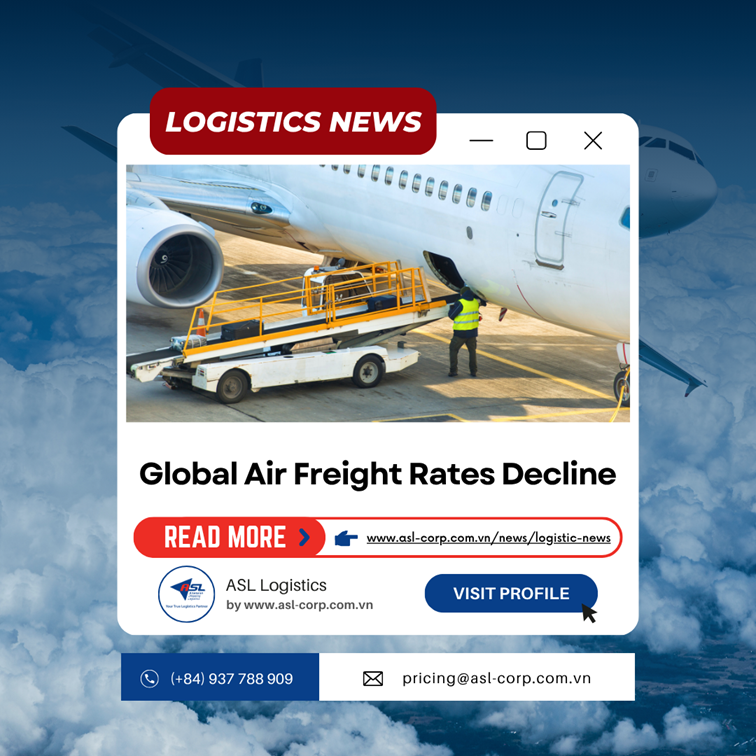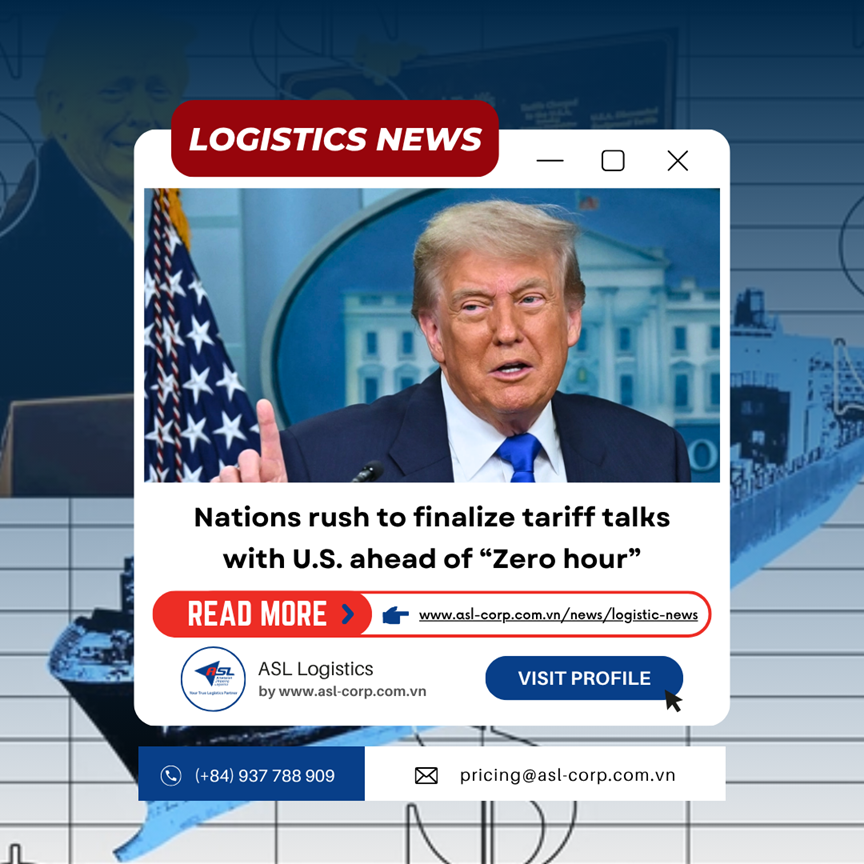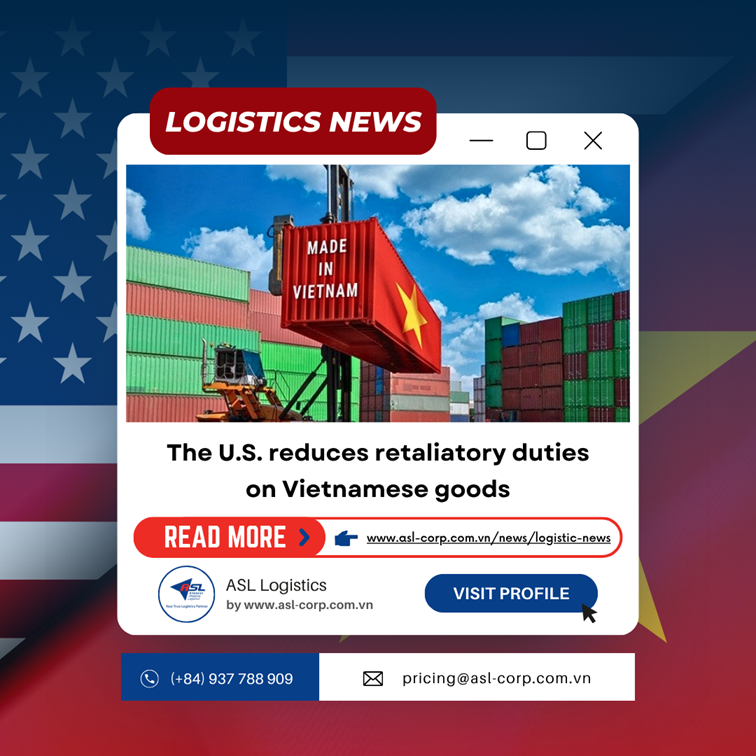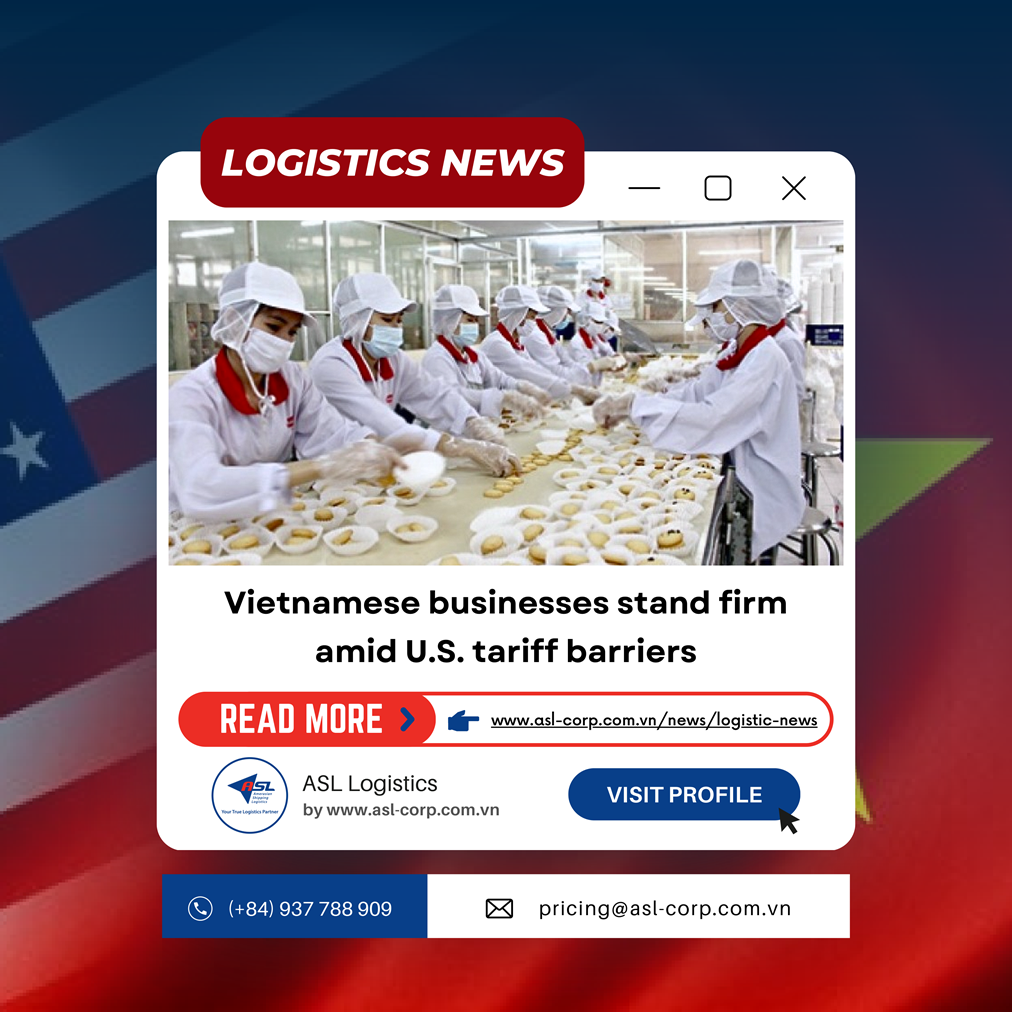Logistic News
EVFTA AGREEMENT, CREATING A "HIGHWAY" FOR VIETNAMESE AGRICULTURAL PRODUCTS TO ENTER THE MARKET
27 September 2023
The EU-Vietnam Free Trade Agreement (EVFTA Agreement) has been creating a "highway" for Vietnamese agricultural products to enter the EU - the world's most demanding market.

Exploiting many advantages from EVFTA
According to statistics, Vietnam's agricultural, forestry and fishery export turnover to the European Union (EU) market in the first 6 months of 2023 will reach 2.1 billion USD.
Besides, there are some good news for Vietnamese agricultural products in the EU market such as Loc Troi rice with Vietnamese Rice brand successfully exported to French supermarket chains, fresh lychee fruits of Vietnam exported to the Czech Republic and some EU markets, Vinh Hiep coffee exported to the EU...
This shows that the EVFTA Agreement implemented in the past 3 years has created momentum for Vietnam's export activities in general and agricultural and forestry products in particular when many export tariff lines to this market have been eliminated, helping to create competitive advantages compared to goods from some other countries that do not have FTAs with the EU.
Mr. Ngo Chung Khanh - Deputy Director of the Multilateral Trade Policy Department (Ministry of Industry and Trade) said that the biggest advantage for Vietnamese goods, especially agricultural products, is the market opening, because for many years, the EU has been one of the leading export markets in Vietnam and also markets where Vietnam has a very large trade surplus big. The growth rate of trade between Vietnam and the EU for this market has also increased steadily over the years despite the impact of the Covid-19 pandemic.
Regarding opportunities for Vietnam's agricultural products, Mr. Le Duy Binh - Economist, Director of Economica Vietnam said that EVFTA has helped Vietnamese enterprises exploit absolute competitive advantages or comparative competitive advantages of Vietnam's economy, especially in the field of agriculture, forestry and fisheries. "We have gained attention from EVFTA to be able to exploit this competitive advantage, typically from the outstanding growth figures in export turnover in recent years" - Mr. Le Duy Binh said.
According to Mr. Binh, "In addition to traditional agricultural, forestry and aquatic products, such as coffee, cashews, pepper and some forest or fishery products, in recent years, thanks to EVFTA, we have also exploited absolute advantages with some new agricultural products such as rice, especially high-quality rice and fragrant rice, as evidenced by the tremendous growth of export turnover for some markets in the EU 2 or 3 times higher than before."
Or as for fruits and vegetables, there is also encouraging growth with export turnover of more than 200 million USD in 2022, helping Vietnam become the 59th supplier in the world of this commodity to the EU market. "This shows that we have also exploited a lot of advantages from EVFTA," Mr. Binh emphasized.
Building a product brand ecosystem
In addition to the encouraging results, experts also said that Vietnamese agricultural products are also suffering from certain barriers in the EU such as technical barriers erected to protect domestic goods.
In fact, most agricultural products are produced in raw and unbranded form, which is also a barrier of Vietnamese agricultural products when exporting to the EU. Many people believe that although Vietnamese agricultural products increase export volume to the EU, there are still not many known brands.
In the context of the EU market with increasingly high standards, exporters must constantly update information and connect closely with importers. In particular, it is necessary to invest appropriately in branding, considering it as part of the production and business strategy, thereby helping to export sustainably to this market.
For example, as a leading enterprise in the field of rice export, including exporting to the EU market, Loc Troi's story of bringing rice with its own brand into the EU is one of the typical stories of relentless efforts to build a brand.
Mr. Nguyen Duy Thuan - General Director of Loc Troi Group Joint Stock Company - said that when exporting rice and Europe, the most difficult thing is that if we are just a simple exporter, ie buying and reselling or having factories to buy milled rice and then sell, it is almost impossible to build a brand in the European market.
"When Vietnam is considered one of the most reputable and reliable exporters in the world of rice, the first is that Vietnam has a very solid foundation in rice production, rice cultivation and rice supply in the world in a stable way. Up to now, in the current situation, Vietnam is considered the most prestigious rice supplier in the world, which is a necessary condition but to build a brand in the European market" - Mr. Thuan acknowledged.
Ms. Hoang Thi Lien – Chairwoman of the Vietnam Pepper and Spice Association – said that for pepper and spices when going to the market, along with the brand story, it must also be associated with the market story and quality because the EU is a relatively fastidious market and constantly updates quality control issues.
Besides, it is possible to control the production chain, supply chain. Accordingly, businesses must aim for a closer cooperation method, with a commitment in a stable time for a long time along with environmental and sustainable development criteria. The good news is that Vietnam is still the main market for pepper and spices for the EU (accounting for 45% market share).
Ms. Hoang Thi Lien said that in order to build a product brand for each business, it is first necessary to build a national brand. On the contrary, businesses themselves also have to improve production links to meet market demand, and transform the manufacturing industry to be able to provide what the market needs, not what they can do, because the products they can do best are not necessarily what they want the most.
Mr. Ngo Chung Khanh said that in order to successfully build a brand of Vietnamese agricultural products in the EU market, the first thing is to build a connection ecosystem between entities related to the export chain to this market, in the short term, each locality focuses on one to two areas of strength, such as for seafood in Tien Giang or rice in Can Tho. In addition, there should be a dedicated credit source to focus on supporting export and branding enterprises.
"The Ministry of Industry and Trade also plans to work with the Bank and a number of related ministries and agencies to discuss which credit sources are in line with current policies to create more favorable conditions for businesses," said Mr. Ngo Chung Khanh. At the same time, these issues were also mentioned by the Ministry of Industry and Trade in the report to the Prime Minister on the results of the implementation of the Comprehensive and Progressive Agreement for Trans-Pacific Partnership (CPTPP), the EU-Vietnam Free Trade Agreement (EVFTA) and the Vietnam-UK Free Trade Agreement (UKVFTA) of ministries, industry and locality in 2022.
In the same view, economist Le Duy Binh also said that, besides the advantages, EVFTA also forces the economy to transform strongly, especially enterprises in the field of agriculture, forestry and fishery also need to have more transformation to improve the quality of products with high economic value.
"But to do so, it is definitely necessary to have the role not only of state management agencies but also of enterprises including enterprises such as cranes, leaders to small and very small enterprises" - Mr. Binh emphasized.
Sourcer: congthuong.vn

Head Office
ASL Hồ Chí Minh
Số 31/34A Ung Văn Khiêm, Phường Thạnh Mỹ Tây, TP. Hồ Chí Minh, Việt Nam
 Công Ty Cổ Phần Giao Nhận Vận Tải Mỹ Á
Công Ty Cổ Phần Giao Nhận Vận Tải Mỹ Á
 (+84)28 3512 9759
(+84)28 3512 9759
 (+84)28 3512 9758
(+84)28 3512 9758
 pricing@asl-corp.com.vn
pricing@asl-corp.com.vn
 mdirector@asl-corp.com.vn
mdirector@asl-corp.com.vn
 www.asl-corp.com.vn
www.asl-corp.com.vn
LOGISTICS SERVICES









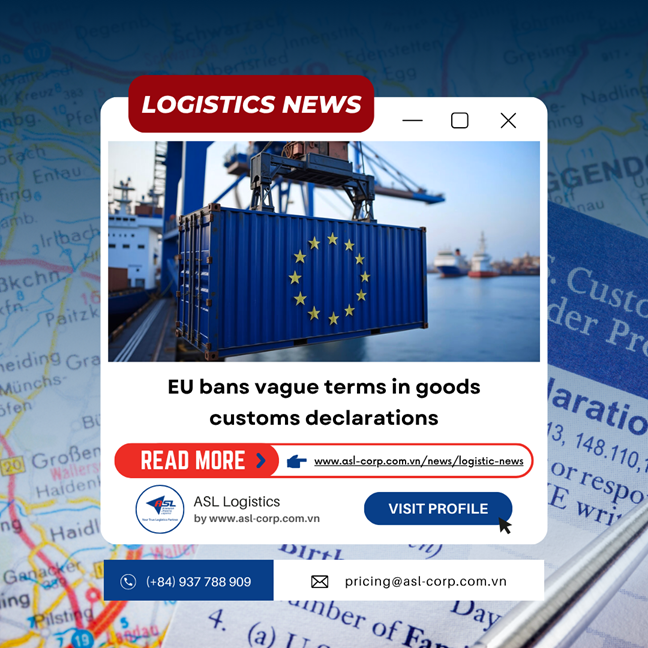
.png)
.png)

.png)

